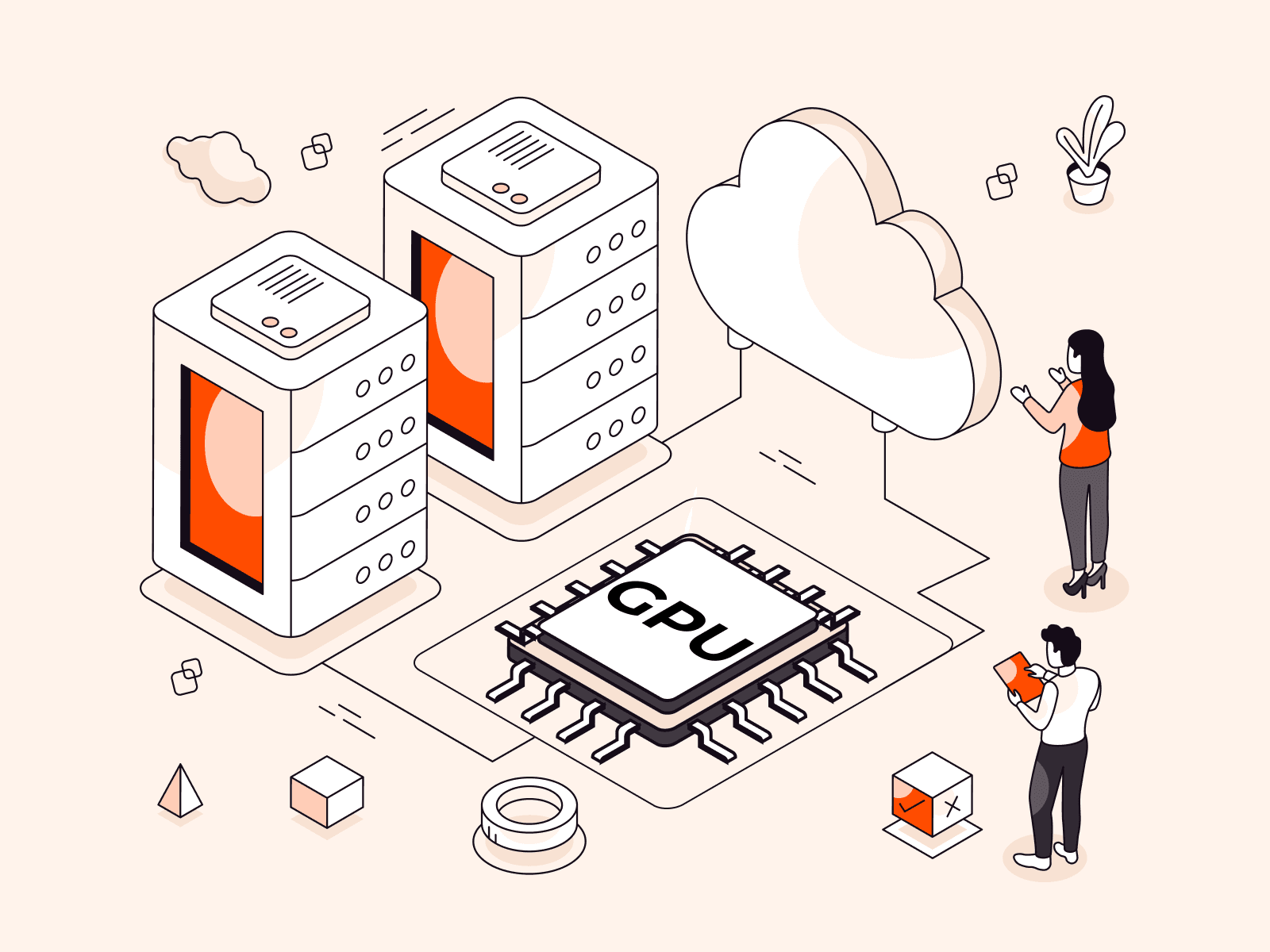Intro
If you’ve spent days (or even weeks?) trying to spin up a Kubernetes cluster for learning purposes or to test your application, then your worries are over. Spawned from a Kubernetes Special Interest Group, KIND is a tool that provisions a Kubernetes cluster running IN Docker.
From the docs:
kindis a tool for running local Kubernetes clusters using Docker container “nodes”.kindis primarily designed for testing Kubernetes 1.11+, initially targeting the conformance tests.
Installing KIND
As it is built using go, you will need to make sure you have the latest version of golang installed on your machine.
According to the k8s docs, golang -v 1.11.5 is preferred. To install kind, run these commands (it takes a while):
go get -u sigs.k8s.io/kindkind create clusterThen confirm kind cluster is available:
kind get clustersSetting up kubectl
Also, install the latest kubernetes-cli using Homebrew or Chocolatey.
The latest Docker has Kubernetes feature but it may come with older kubectl . Check its version by running this command:
kubectl versionMake sure it shows GitVersion: "v1.14.1" or above.
If you find you are running kubectlfrom Docker, try brew link or reorder path environment variable.
Once kubectl and kind are ready, open bash console and run these commands:
export KUBECONFIG="$(kind get kubeconfig-path)"kubectl cluster-infoIf kind is properly set up, some information will be shown.
Now you are ready to proceed. Yay!
Deploying first application
What should we deploy on the cluster? We are going to attempt deploying Cassandra since the docs have a pretty decent walk-through on it.
First of all, download kustomization.yaml by running two cat commands.
Once those yaml files are prepared, layout them as following:
k8s-wp/ kustomization.yaml mysql-deployment.yaml wordpress-deployment.yamlThen apply them to your cluster:
cd k8s-wpkubectl apply -k ./Validating (optional)
Get the Cassandra Service.
kubectl get svc cassandraThe response is:
NAME TYPE CLUSTER-IP EXTERNAL-IP PORT(S) AGEcassandra ClusterIP None <none> 9042/TCP 45sNote that Service creation might have failed if anything else is returned. Read Debug Services for common issues.
Finishing up
That’s really all you need to know to get started with KIND, we hope this makes your life a little easier and lets you play with Kubernetes a little bit more.
Related articles
Subscribe to our newsletter
Get the latest industry trends, exclusive insights, and Gcore updates delivered straight to your inbox.






